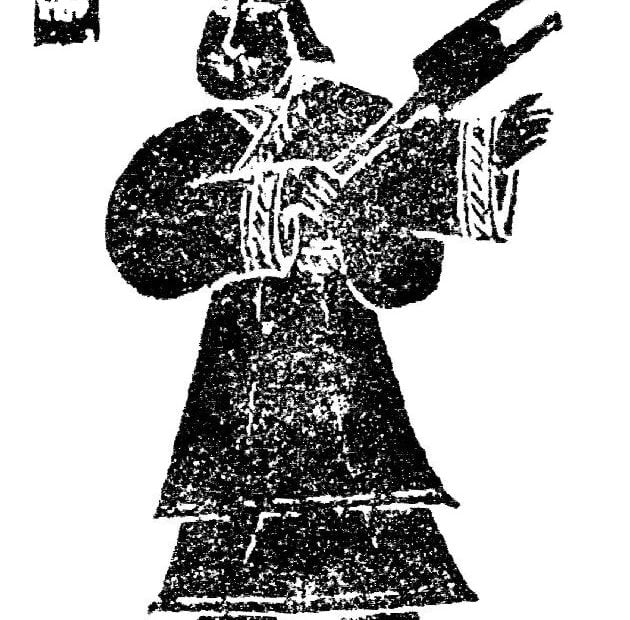Friends and allies
Confusion… Hexagram 8’s called bi, Seeking Union or Belonging (or Union, Alliance, Grouping, Joining, Holding Together, Closeness…)And Hexagram 13 is tong ren, People in Harmony (or Fellowship, Cooperation, Community, Union of Men…) According to the dictionary, we have one hexagram name that means (amongst other things) ‘to share with, join, coincide with,… Read more »Friends and allies















